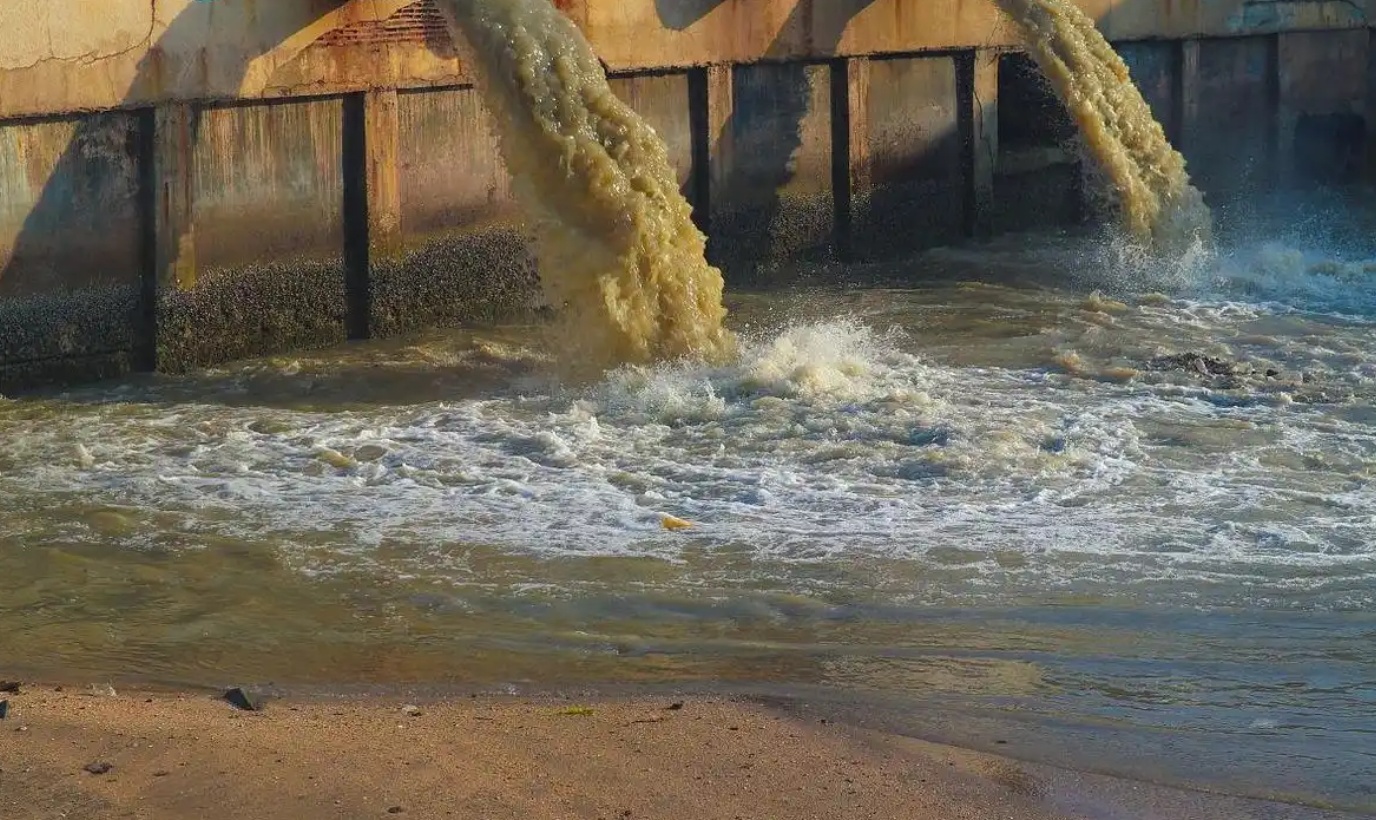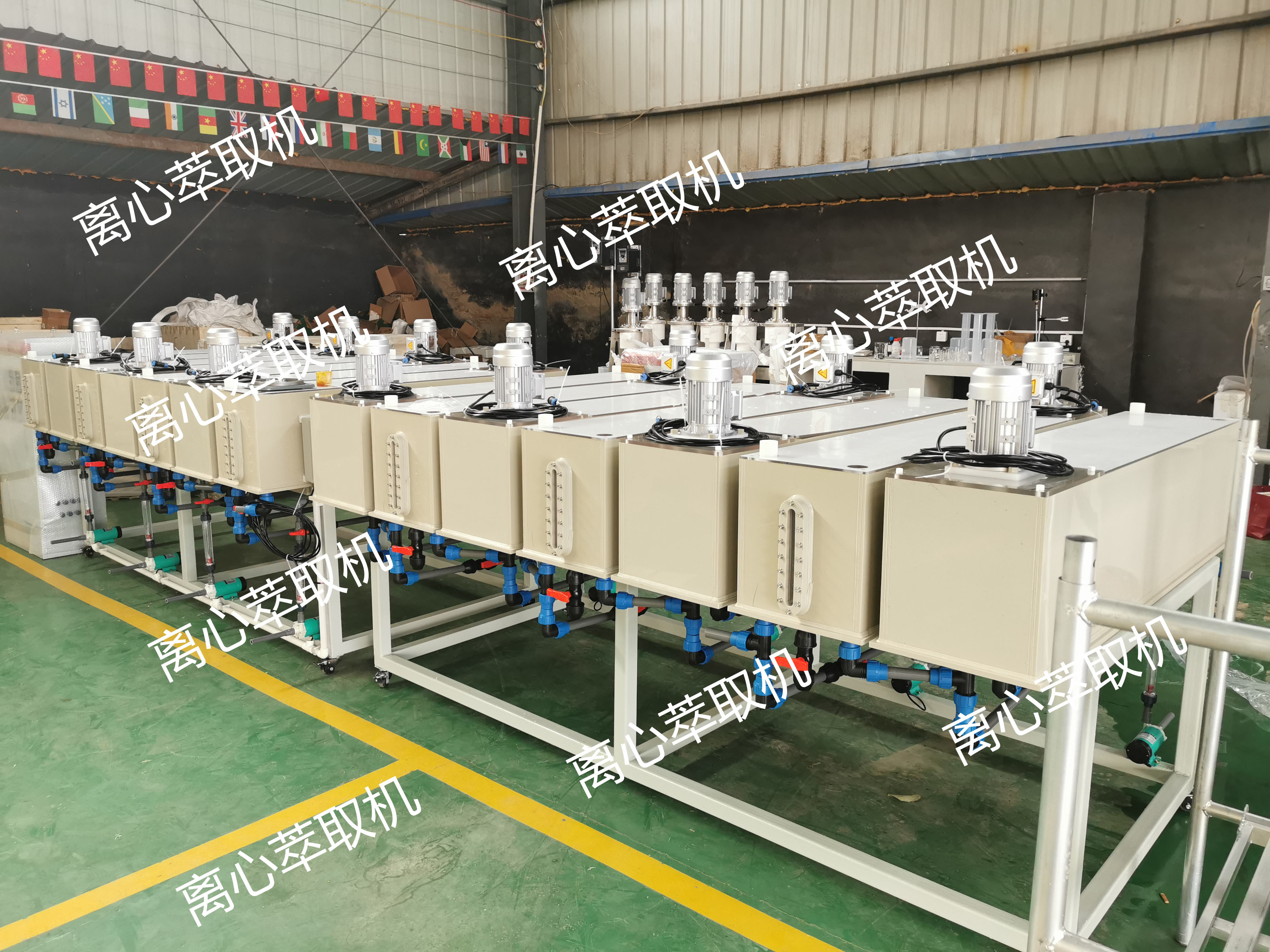News Center
social responsibility

hot line: +86 13255260239
mailbox: yaodongwang65@gmail.com
address: Room 702A11, Building 1, Jinan Science and Technology Innovation Center, Guangdong Pu Science and Technology, 500 meters southeast of the intersection of Kejia Road and Chunxiu Road, High-tech Zone, Jinan City, Shandong Province
hot line: +86 13255260239
mailbox: yaodongwang65@gmail.com
address: Room 702A11, Building 1, Jinan Science and Technology Innovation Center, Guangdong Pu Science and Technology, 500 meters southeast of the intersection of Kejia Road and Chunxiu Road, High-tech Zone, Jinan City, Shandong Province



![]() Release date:2024.11.05
Release date:2024.11.05
![]() Page view:35
Page view:35
Naphthenic acid wastewater, with its high chemical oxygen demand (COD) and difficult to be degraded by conventional biochemical means, poses a major challenge in the field of wastewater treatment. Centrifugal extractors, as an advanced liquid-liquid separation equipment, show significant advantages in the treatment of such wastewater. The following is a detailed description of the professional steps and key precautions for the treatment of naphthenic acid wastewater by the centrifugal extractor:

First, processing process
Pretreatment stage
Grease removal: Since naphthenic acid wastewater may contain a large amount of grease, the primary task of pretreatment is to remove the grease. This can be achieved through specialized technical means such as oil separation, emulsion breaking, flocculation precipitation or air flotation to reduce the potential interference of the oil in the subsequent extraction process.
Acidification regulation: According to the characteristics of the wastewater, sometimes it is necessary to add inorganic acids such as sulfuric acid to adjust the pH value of the wastewater to the appropriate range to optimize the performance of the extractant and improve the extraction efficiency.
Extraction operation
Extractant selection: Carefully select extractant, such as the mixed solution of tertiary amine and diesel oil, and its ratio and concentration need to be accurately calculated according to the specific composition of wastewater and the target separation efficiency.
Mixing and extraction: the pre-treated wastewater and the selected extractant are sent to the centrifugal extractor in a predetermined proportion. Under the strong action of centrifugal force, the target organic matter such as naphthenic acid in wastewater is efficiently captured by the extractant.
Two-phase separation: The rotation of the centrifugal extractor leads to the formation of a clear two-phase interface between the wastewater and the extractant, and the complete separation of the two phases is achieved through the precision separation mechanism built in the equipment.
Back extraction and extractant regeneration
Back extraction process: the extractant rich in organic matter is sent into the back extraction unit, mixed with the back extractant such as sodium hydroxide, and the organic matter is released from the extractant through chemical reaction to achieve the regeneration of the extractant.
Extractant recycling: Extractant treated with back extraction can be re-injected into the extraction process, significantly reducing treatment costs.
Follow-up treatment
Biochemical degradation: The raffinate phase (that is, the remaining wastewater after extraction) needs to be further biochemical treatment, using microbial degradation to remove residual organic matter.
Deep purification: According to wastewater treatment standards, advanced treatment technologies such as acidification - coagulation, Fenton oxidation, flocculation - sand filtration and biological activated carbon adsorption can be selected to ensure that the wastewater meets the discharge standards.

Matters needing attention
Operating conditions optimization: strictly control the parameters of temperature, pressure, flow rate and phase contact time during extraction to maximize extraction efficiency and treatment effect.
Equipment maintenance management: Regular professional inspection and maintenance of the centrifugal extractor and its auxiliary equipment, especially the wear and scaling of key components such as drum, to ensure the stable operation of the equipment.
Environmental protection and safety standards: strictly abide by environmental protection laws and regulations and safe operation procedures, effectively manage waste water, waste gas and solid waste to prevent environmental pollution and safety accidents.
Economic considerations: In the process selection and equipment configuration, it is necessary to comprehensively evaluate the treatment effect, operating costs and return on investment, and formulate the optimal treatment plan.
Centrifugal extractors show efficient and economical advantages in the treatment of naphthenic acid wastewater, but attention must be paid to the precise control of operating conditions, regular maintenance of equipment and strict implementation of environmental protection and safety standards. At the same time, considering the specific characteristics of wastewater, selecting the appropriate pretreatment and follow-up treatment process is the key to realize the efficient treatment and economy of wastewater.
Hot spot
Welcome to contact you by phone
Working hours(8:30-20:30)Enquiry hotline
+86 13255260239
Pay attention to customer service wechat
Working hours(8:30-20:30)

